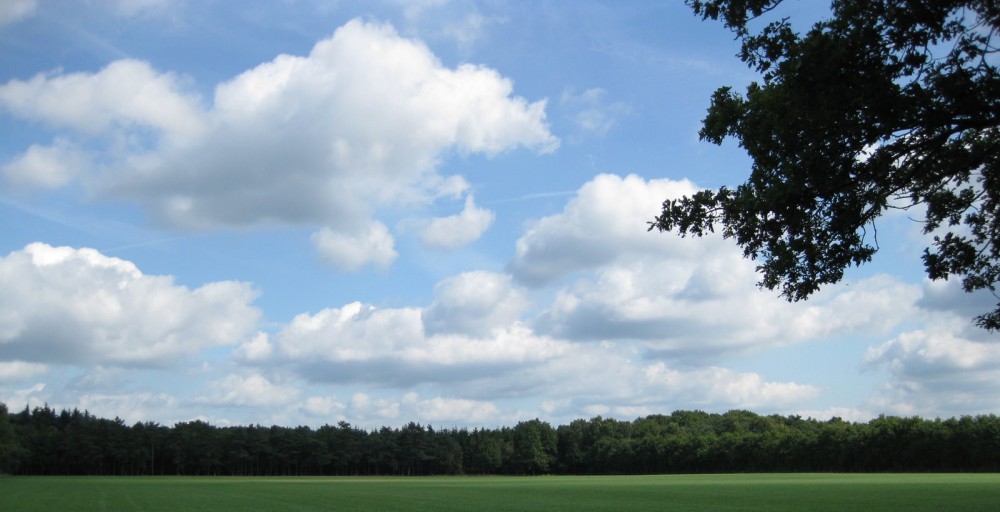Dear friends,
The purpose of Advayavada Buddhism is to become a true part of the whole.
This week (52) we continue to develop our very best meditation towards samadhi.
This task is based on the 8th Step on the Noble 8fold Path: samma-samadhi (Pali), samyak-samadhi (Sanskrit); in Advayavada: our very best meditation or concentration towards samadhi.
Other translations are: right rapture (Arnold, Eliot, Malalasekera), right samadhi (Bahm, Dharmapala), right concentration (Bodhi, Burt, Ch’en, Conze, Dhammananda, Fernando, Gethin, Grimm, Guenther, Harvey, Horner, Karunadasa, Khemo, Narada, Nyanatiloka, Rahula, Saddhatissa, St Ruth, Takakusu, Warder), appropriate concentration (Batchelor), right meditation (David-Neel, Humphreys, Keown, Stroup), right meditating (Melamed), right illumination (Dharmapala), right awareness (Kornfield), right tranquility (Narasu), right contemplation (Rhys Davids, Watts); absolute concentration of purpose (Edwardes); correct concentration (Kloppenborg, Scheepers)
Samadhi (Pali and Sanskrit): total or perfect concentration (of the mind, cf. enstasy); non-dualistic state of consciousness in which the experiencing subject becomes one with the experienced object; total absorption in the object of meditation; transcendence of the relationship between mind and object; merging of subject and object; to contemplate the world without any perception of objects; suspension of judgement; turiyatita; satori; bodhi; rigpa; realization of the sameness of the part and the whole, of the identity of form and emptiness, of samsara and nirvana, of the immediate and the ultimate; mystic oneness; perfect dynamic attunement with wondrous overall existence; oceanic feeling; wonder, awe, rapture; essential purity; deep love and compassion; awareness of our common ground and the innocence of sex.
Kind regards and Season’s Greetings,
John Willemsens
Advayavada Foundation
@advayavada

